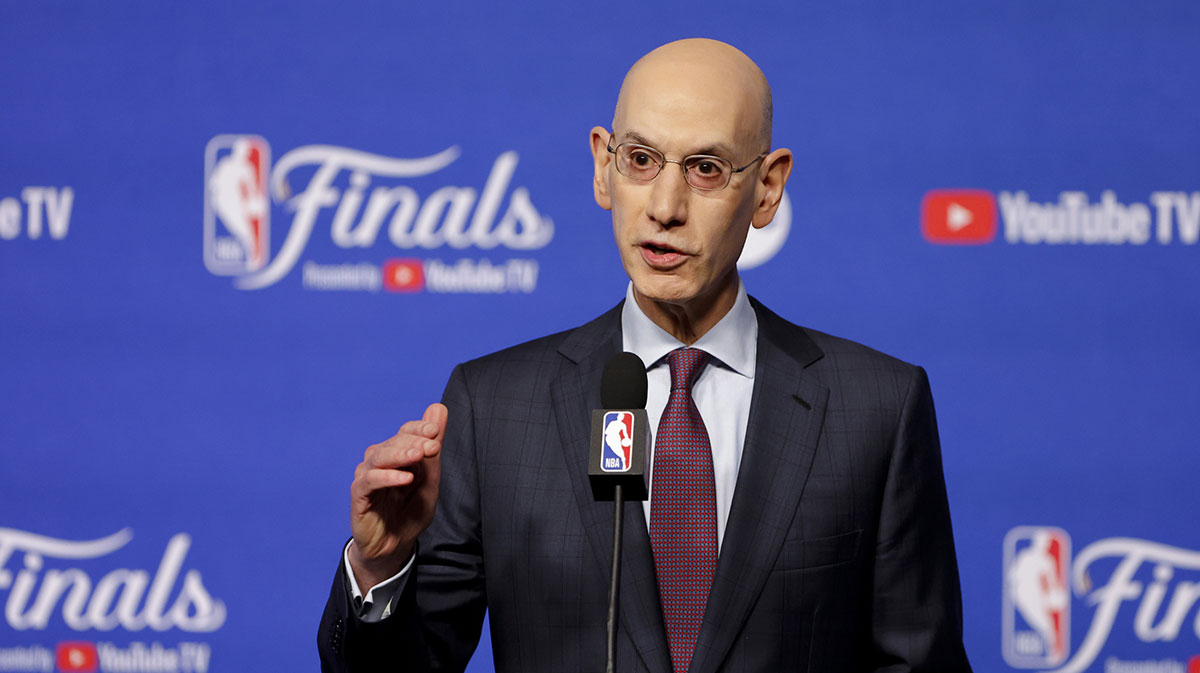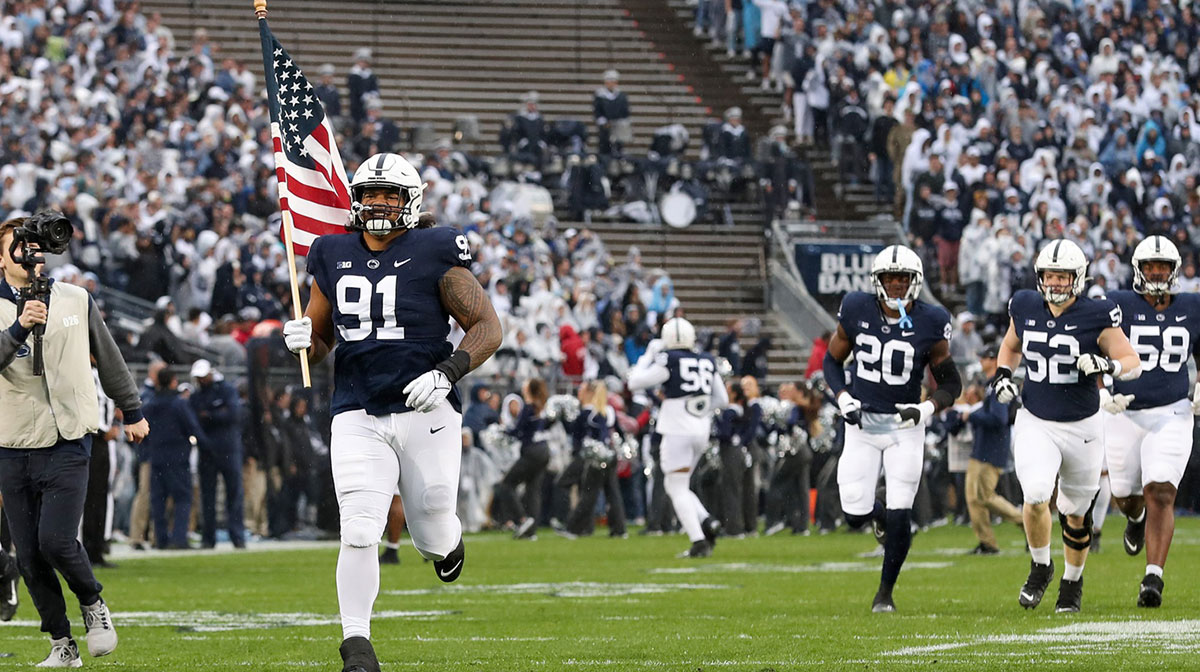Why college basketball's schedule expansion could spell bad news for some programs
According to recent reports, the number of regular-season games that college basketball programs can schedule will increase from 31 to 32. This increase is not a requirement but allows programs an additional scheduling slot and flexibility. This move is not a major change and shouldn’t greatly affect the sport, but was it a good move or a bad move?
If you’re members of a league like the Big Ten or SEC then it’s definitely good news for you and your program. Those leagues have competitive 20-game league schedules which don’t leave a ton of room in nonconference. When you throw in holiday tournaments, conference challenges, and other rivalry matchups, you may have some of those teams with only 5 or 6 games left on their schedule. This addition gives them another opportunity to build their resumes and fit other exciting games on the docket.
You can easily look at this addition with an optimistic eye for the rest of the college basketball universe. A glaring example is in the ACC, a bona fide power conference that really struggled last season. NCAA Tournament teams like Duke, Clemson, and Louisville had to play more than a dozen games each against league members who were really struggling and certainly could have used an extra game to play a stronger opponent.
However, this move seems just like another power conference power grab that will have significant downsides for mid-major programs. Consider the current state of scheduling for those leagues. Prominent mid-majors aren’t getting games against power conference teams that will actually help their resumes and adding just another open slot isn’t going to change that. Do you really think that with an extra game on the schedule that the Alabama’s or North Carolina’s of the world are really going to want to play an upstart mid-major like Chattanooga or High Point?
It’s important to remember that this 32nd game is not required. It’s very likely that if it was it would lead to a great number of games against non-D1 opponents, something that already litters the schedules of a majority of low-major programs. One hope is that this extra opportunity could help create new conference challenges or other regular matchups but agreeing to these types of things is a two-way street.
When March rolls around after this change goes into place, you’ll have those ACC, Big Ten, and SEC teams with even more meat on their resumes while the mid-majors are placed even further behind the 8-ball. You could argue whatever you wanted about how additional opportunities are great for this sport and you wouldn’t be wrong, but remember what teams like Oral Roberts, Princeton and Saint Peter’s have done in recent years.
None of those three programs are in the same shape as their recent NCAA Tournament runs but you’d be hard-pressed to find a power conference program that would have wanted to play any of them at their peak, even at home. There’s no upside in playing these great mid-majors. That 32nd game for Duke or Kentucky likely becomes part of a tournament or a neutral-site game against another major team. That 32nd game for North Carolina Central or Northern Kentucky either doesn’t happen or isn’t exactly a highlight of the season.
In the end, this extra game is a relative good but it’s not as great of news as it initially seems. It’s a reminder that building a great schedule in college basketball continues to be a losing battle for strong mid-major programs. An extra chance to see star players will be fantastic but don’t get your hopes up for your favorite school to suddenly have a trip to Durham on the docket.











